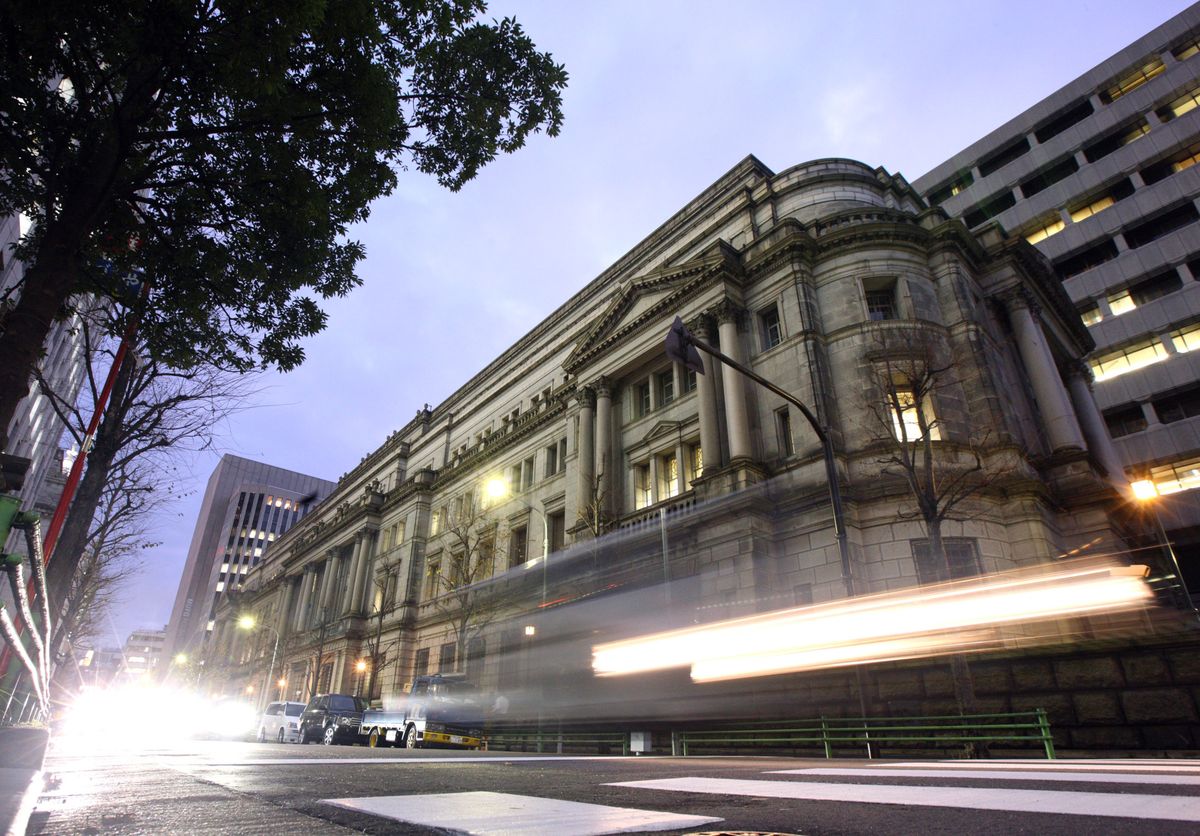Long before the U.S. and Europe embraced radical monetary policies last decade during the global financial crisis there was the Bank of Japan.
Twenty years ago this month — back when the American economy was running hot under Federal Reserve Chairman Alan Greenspan and the euro was making its debut on the world stage — the BOJ adopted zero interest rates, taking central banking into uncharted waters.
Barely two years later, while benchmark rates in the U.S. and Europe were around 5 percent, it doubled down with a quantitative easing program to flood the banking system with cash. The BOJ's strategies were seen as both extreme and peculiar to Japan — that is until the 2008 financial markets conflagration and resulting economic contractions forced the Federal Reserve and the European Central Bank down similar paths.

















With your current subscription plan you can comment on stories. However, before writing your first comment, please create a display name in the Profile section of your subscriber account page.